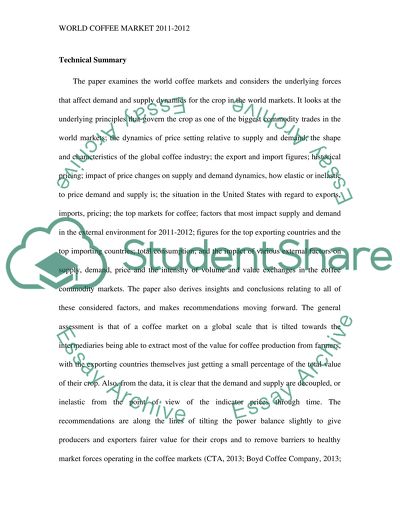Cite this document
(“The world coffee market in 2011-2012: What force drive world coffee Case Study”, n.d.)
The world coffee market in 2011-2012: What force drive world coffee Case Study. Retrieved from https://studentshare.org/macro-microeconomics/1476578-the-world-coffee-market-in
The world coffee market in 2011-2012: What force drive world coffee Case Study. Retrieved from https://studentshare.org/macro-microeconomics/1476578-the-world-coffee-market-in
(The World Coffee Market in 2011-2012: What Force Drive World Coffee Case Study)
The World Coffee Market in 2011-2012: What Force Drive World Coffee Case Study. https://studentshare.org/macro-microeconomics/1476578-the-world-coffee-market-in.
The World Coffee Market in 2011-2012: What Force Drive World Coffee Case Study. https://studentshare.org/macro-microeconomics/1476578-the-world-coffee-market-in.
“The World Coffee Market in 2011-2012: What Force Drive World Coffee Case Study”, n.d. https://studentshare.org/macro-microeconomics/1476578-the-world-coffee-market-in.


